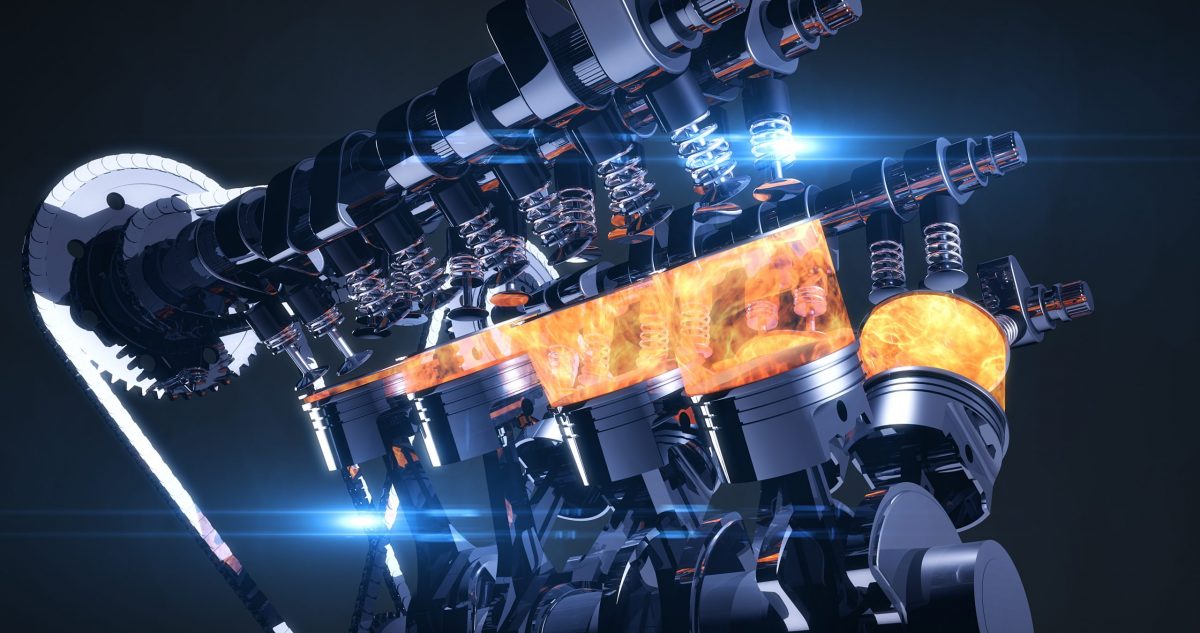According to ACEA data, European new car sales dropped 3% year-on-year in May. Only one vehicle category bucked this trend and posted a growth in sales: hybrids. In fact, despite challenging market conditions, hybrid-electric vehicle sales recorded strong sales growth during an otherwise difficult month for the industry, rising 16.2% year-on-year. This incredible performance by hybrids isn’t just a flash in the pan. The vehicle category has posted uninterrupted sales growth since Q2 2022. Rather, the strength of hybrids is a demonstration of continued demand for internal combustion engines (ICEs).
There are several reasons why ICE-powered vehicles are set to endure in popularity, and one of the biggest is geography. Worldwide, 85% of all electric vehicles (EVs) are sold in China and Europe—urbanised areas that have an extensive charging infrastructure that can electrify vehicle fleets. However, much of the world doesn’t share this economic geography.
Rather than a false dichotomy between ICE adoption and decarbonisation, ICEs are instead an instrumental technology in achieving decarbonised mobility at scale
In many regions, including within rural Europe, it is currently unrealistic to expect energy grids to be able to support the needs of rural or rural-urban mobility at scale. Equally, countries in the global south—with vast gaps between electrified areas—can’t expect the infrastructure for universal charging access for many years to come. In these areas, ICE vehicles remain the most viable option, providing reliability and convenience where electric options fall short.
Even in the face of the global shift towards sustainable mobility, ICEs will remain a staple in these regions and beyond for many years to come. Rather than a false dichotomy between ICE adoption and decarbonisation, ICEs are instead an instrumental technology in achieving decarbonised mobility at scale. A good example of an entire market embracing decarbonised ICEs can be found Brazil, where 80% of new vehicles sold are powered by low-emission bioethanol engines. This is just the tip of the iceberg in terms of global ICE innovation, with annual investments in sustainable fuels expected to reach US$51bn by 2030. S&P Global estimates that by 2050, biofuel alone will account for nearly a quarter of transport fuel.

The resilience of ICE technology must be understood through the lens of commercial vehicles, too. A majority of the roughly 300 million trucks and buses on global roads still use ICEs, and industry needs to find ways to decarbonise them. With these fleets often representing decades of capex, scrapping them isn’t a possibility for many operators. Instead, the most effective solution for these heavy-duty vehicles is retrofitting them to use alternative fuels in their ICEs.
Variations between countries and markets show it is impractical to adopt a one-size-fits-all solution for sustainable mobility. Each region’s distinct circumstances and geography require tailored approaches that best suit their needs. It is essential to respect this diversity and empower regions to explore the options that work best for them. Ignoring these differences could lead to inefficient use of resources and hinder global decarbonisation efforts.
As we navigate the future of transport, it is clear that ICEs and alternative fuels will have a crucial role to play. By continuing to innovate and invest in these technologies, we can ensure that the era of sustainable mobility is both practical and inclusive.
The opinions expressed here are those of the author and do not necessarily reflect the positions of Automotive World Ltd.
Patrice Haettel is CEO at HORSE Powertrain Solutions
The AutomotiveWorld.com Comment column is open to automotive industry decision makers and influencers. If you would like to contribute a Comment article, please contact editorial@automotiveworld.com

